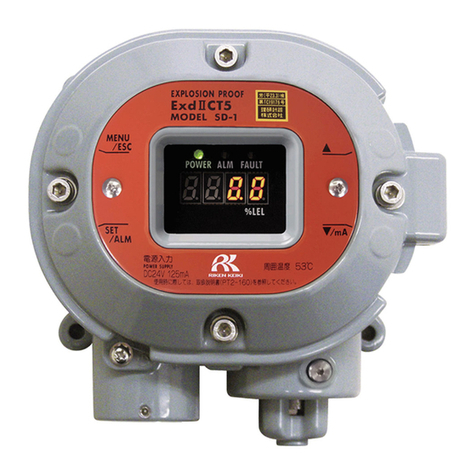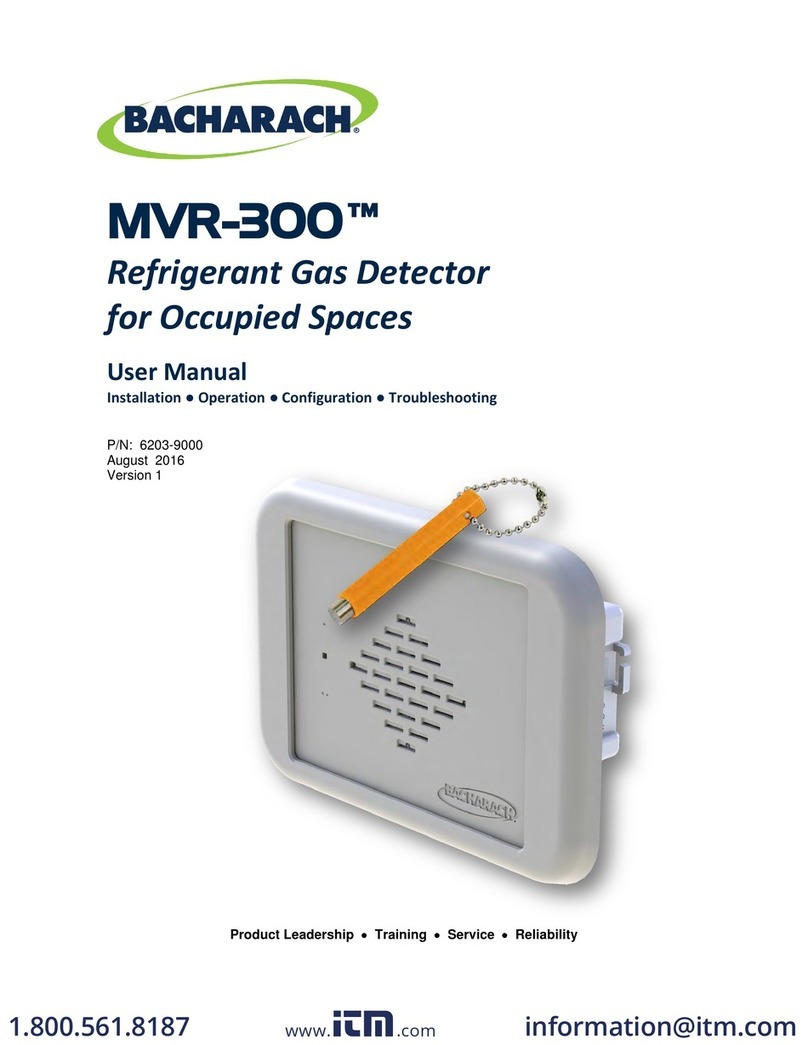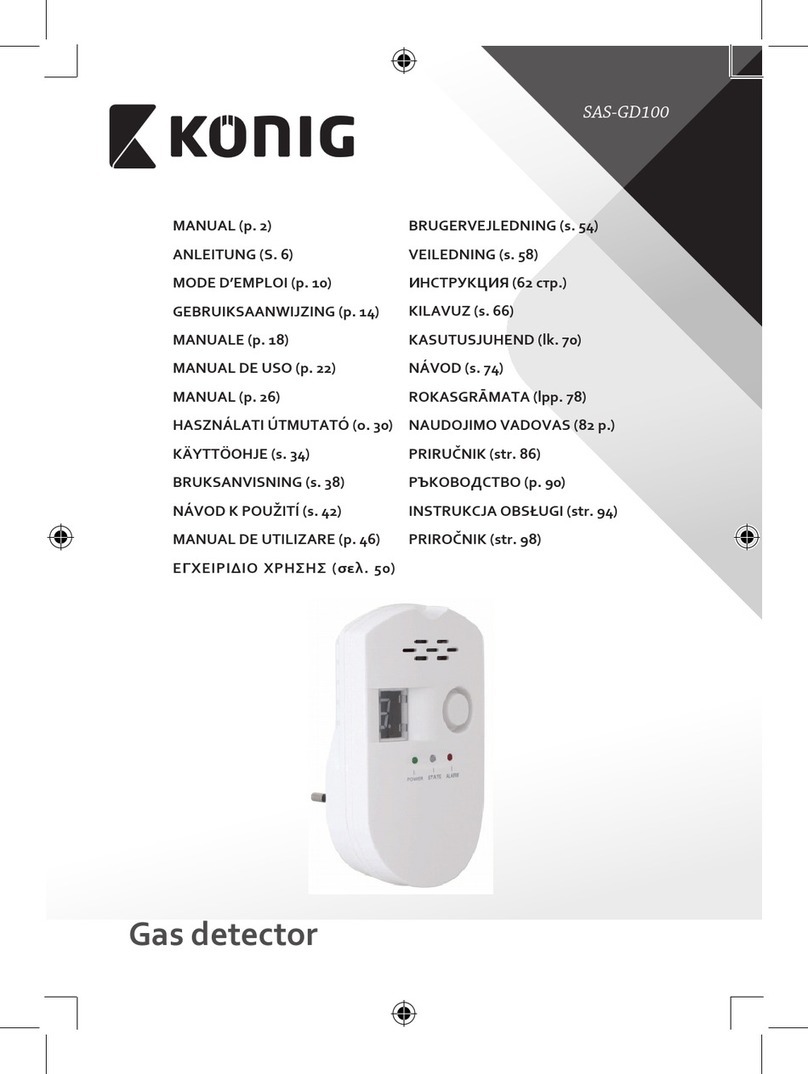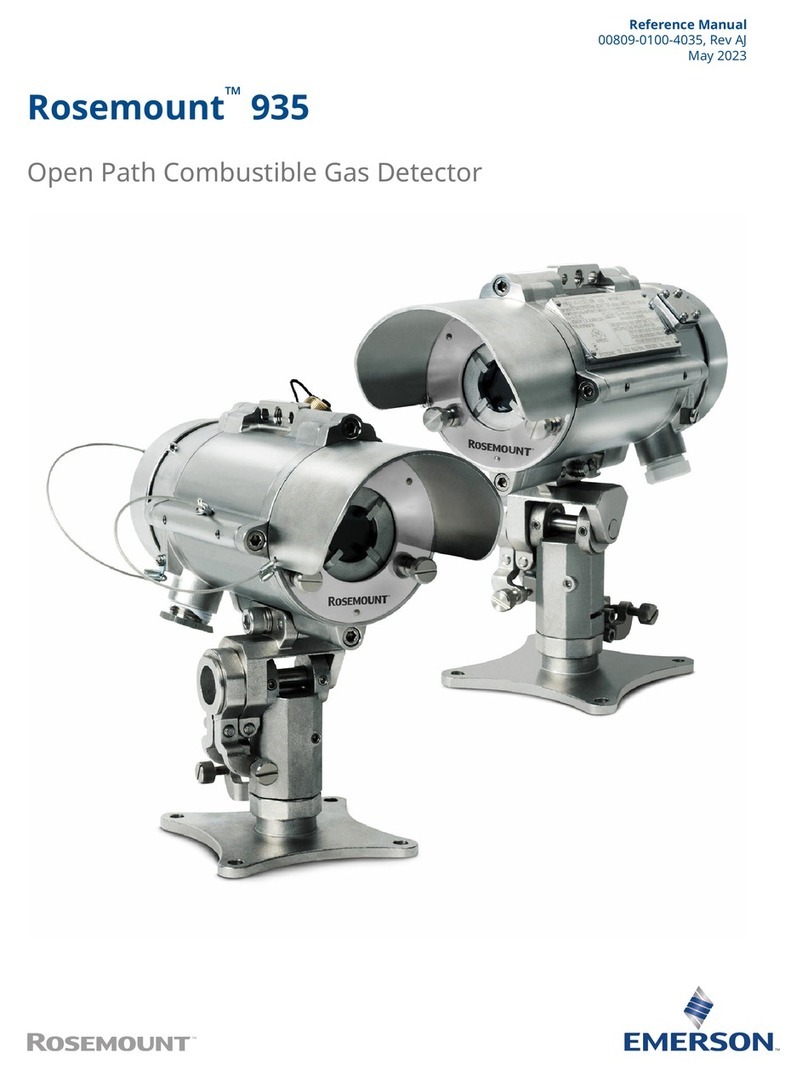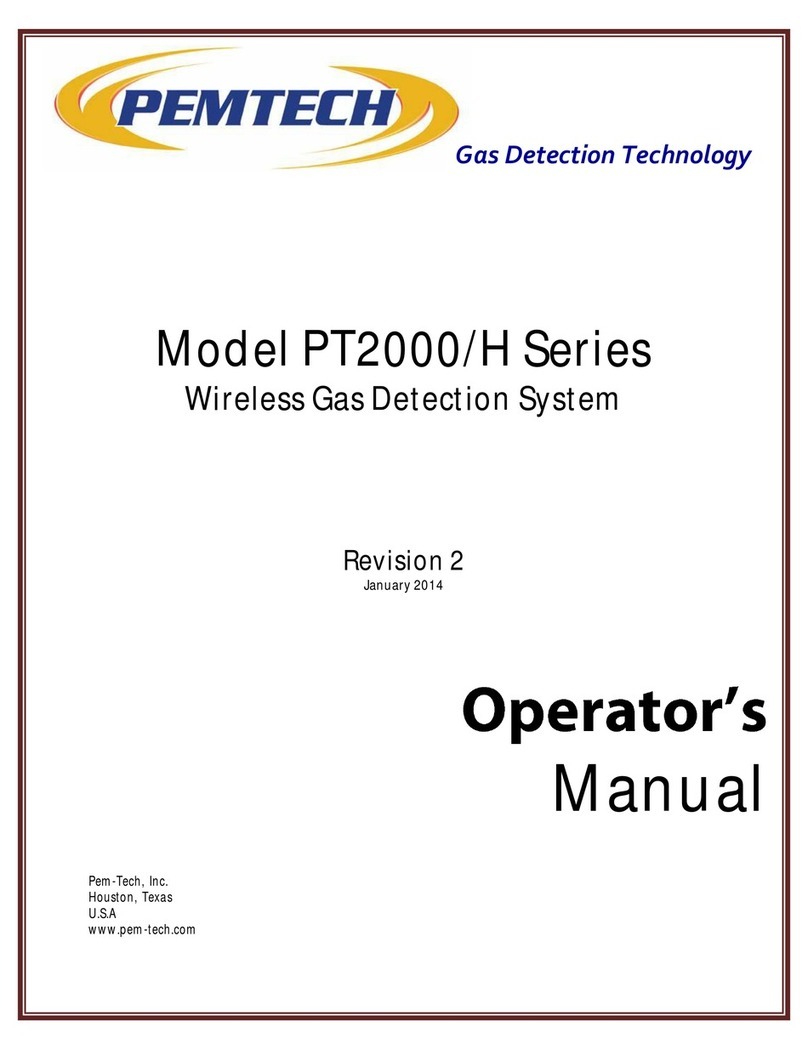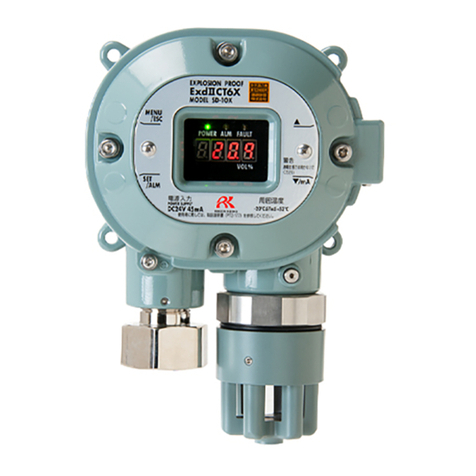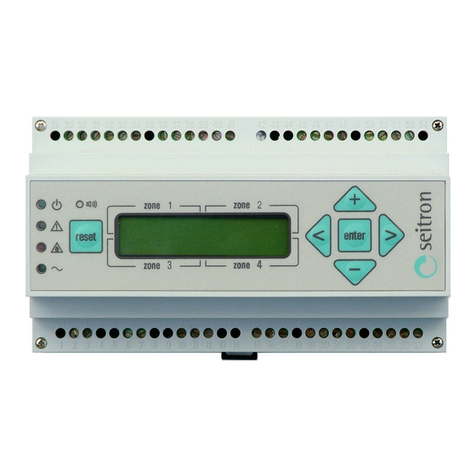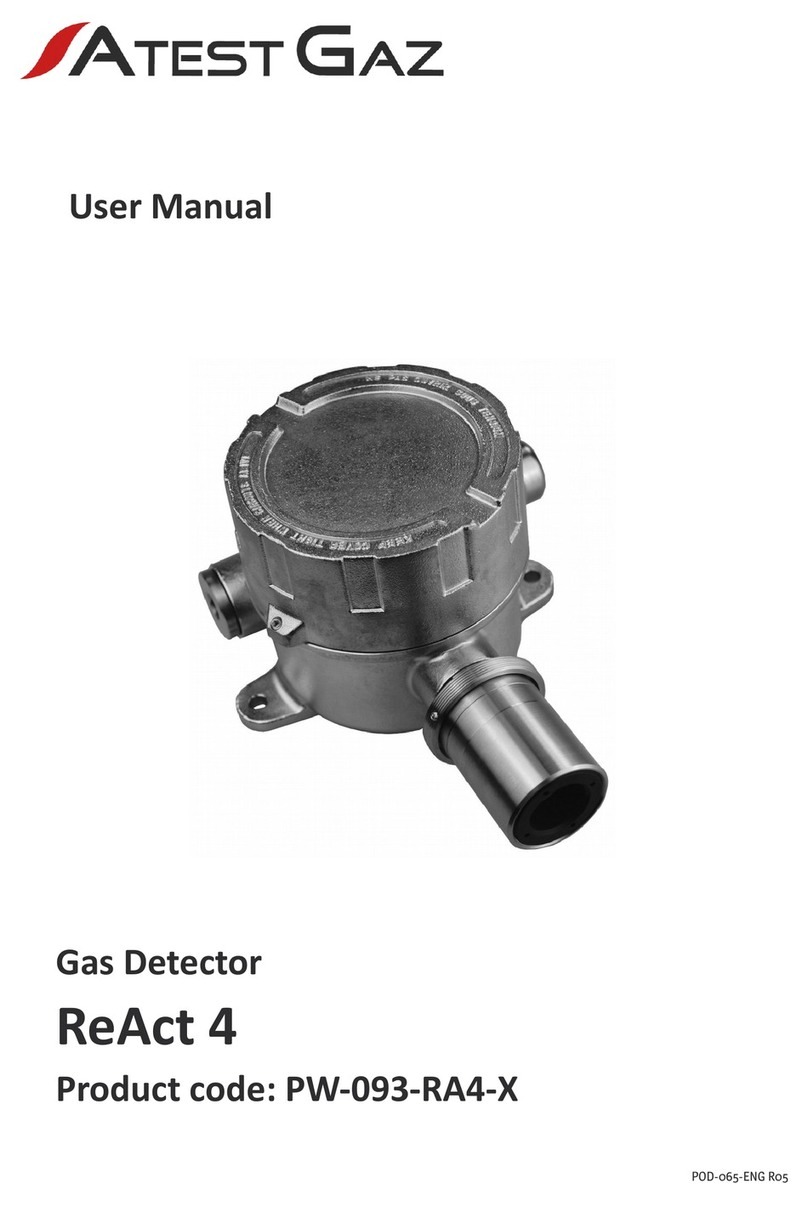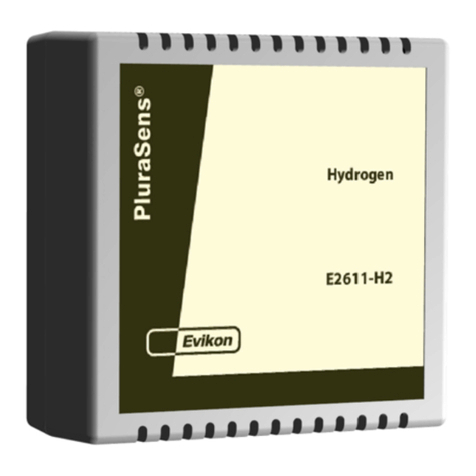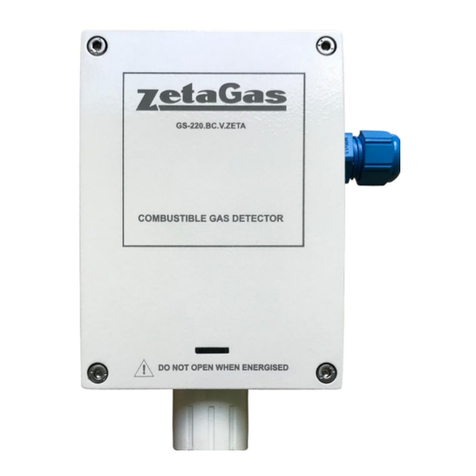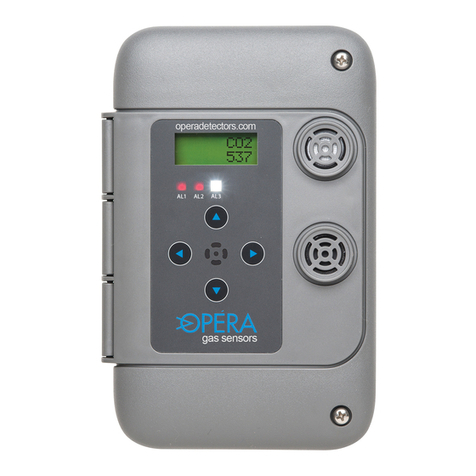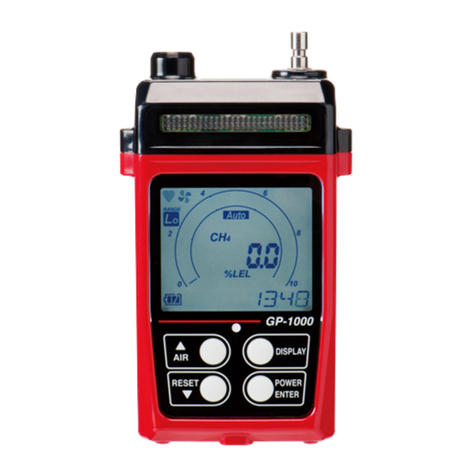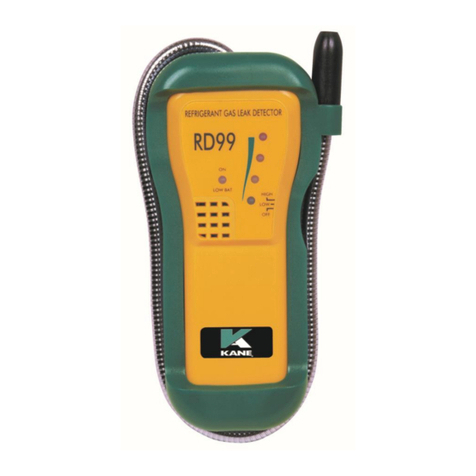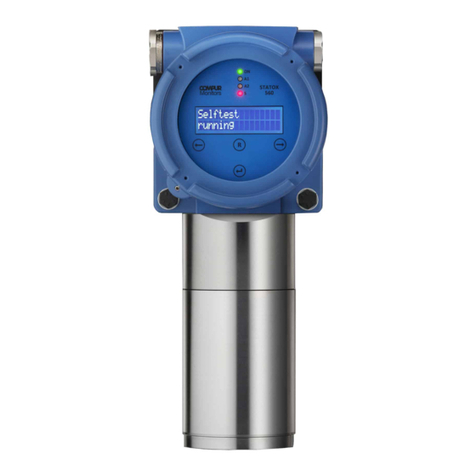GasKnight Pro User manual


SAFETY WARNING: While this product can reduce your risk of harm resulting from gas leaks, it can in no way
guarantee your safety. Please instead prevent gas leaks at their source. Do not depend on this detector alone
to save your life. For more info on gas safety and how to respond in the event of a gas leak, go to
www.Warranty.GasKnight.com to download our free E-book.
LEGAL DISCLAIMER: The use or misuse of this gas detector is conditioned upon the user’s agreement that in
no event shall the manufacturer, importer, reseller, or distributor of this gas detector be liable for any direct,
indirect, punitive, incidental, special consequential damages, to property or life, whatsoever arising out of or
connected with the use of this gas detector.
OTHER PRECAUTIONS:
● DO NOT disassemble or attempt to repair the detector yourself.
● DO NOT immerse the detector in water or any other liquid.
● DO NOT allow the sensor aperture to accumulate dirt or dust. The sensor aperture must be kept clean,
or impurities may cause inaccurate measurements.
● DO NOT expose the detector to extensive amounts of gas or water vapor which may affect the
accuracy of the combustible gas sensor.
● DO NOT expose the detector to environments with excessively high or low oxygen concentrations
which may lead to inaccurate measurements.
● DO NOT allow children to play with the batteries and ensure the batteries are not exposed to any
hazardous environments.
Get Started
Tools Needed:
1 small sized screw driver (ideally Phillips).
1. Obtain a small screw driver which fits the size of the screw on the door of the battery compartment on
the back of the detector.
2. Remove the door of the battery compartment on the back of the detector.
3. Remove the 4 AA 1.5V batteries (which came included with your GasKnight Pro) from their package.
4. Insert all 4 AA batteries into the battery compartment ensuring they are correctly matched + with
positive and – with negative.
Note: Inserting the batteries backwards or in an incorrect way can cause electrical leakage. Be sure to
install them correctly.
5. Screw the door of the battery compartment back into place, securing the batteries inside the detector.

How to Use
Scan this QR code to see the instructional video:
Questions on how to use?
Call us: +1 224-477-5846
Email: [email protected]
1. Turn the sensitivity dial to the halfway point or slightly less than the halfway point between the
maximum sensitivity (+) and minimum sensitivity (-).
2. Press the power button to turn on the GasKnight Pro.
Note: After first turning on, the detector will be alarming and you will hear a constant ringing sound.
This is part of the normal warm-up process.
Note 2:OPERATIONAL STATUS: The “Ready” button displays a solid green light signifying the
detector is in operational status (i.e. is turned on) with sufficient battery life available.
Note 3: ALARM STATUS: The “Alarm” button displays a solid red light signifying the detector is in
alarm status (i.e., that the alarm is going off).
3. Allow the detector to warm-up (i.e. alarm / ring) for 1 minute or until the sensitivity level has been reset.
You will know when this happens as the alarm noise will slow down to a tick or stop altogether.
Note: to limit the noise, you may plug a set of headphones into the headphone jack on the side of the
detector at any time.
4. Adjust the sensitivity dial to your desired level for gas detection
Note: The ideal level to set your sensitivity dial for natural gas / propane detection may be so
that a slow ticking sound can be heard. When a ticking sound can be heard, the detector is
effectively balancing on the edge between alarm status and non-alarm status as it awaits exposure to
gas.
5. You may adjust the sensitivity dial to a faster ticking sound for a higher level of sensitivity and faster gas
detection.
6. You may adjust the sensitivity dial to a slower ticking sound for a lower level of sensitivity and slower
gas detection.
Note: In a normal environment, the typical tick rate is set within a range of 2-8 ticks per second.
7. Once the level of sensitivity has been appropriately set, slowly approach the suspected gas leak source
with the sensor cap (on the end of the hose) for gas leak detection.
Note: The tick rate accelerates as the sensor is exposed to gas until the detector goes into complete
alarm status with constant ringing.
8. After gas has been detected and the alarm has been set off, you may silence the alarm by taking any 1
of the following 3 actions:
a. Reduce the sensitivity level on the sensitivity dial (i.e., turning the dial counterclockwise).
b. Bring the detector into fresh air and wait for the gas or fumes to be fully exhausted from the
sensor. This may take anywhere from 5 seconds to 1 minute depending on the severity of the
sensor’s exposure to gas.
c. Power off the detector. This is not recommended unless you are finished using the device.

Gas Detection
● Natural Gas
● Propane
● Butane
● Methane
● Ethane
● Steam
● Acetone
● Alcohol
● Hydrogen
● Ammonia
● Gasoline Vapor
● Sulfide
● Organic Solvent Vapor
● Paint Thinner
● Naphtha
● Volatile Industrial Solvent
Maintenance
Replacing the Battery:
-If the “Ready” light is Yellow, the GasKnight Pro is low on battery and it is recommended to replace
the batteries as soon as possible.
-If the “Ready” light is not illuminated, the battery has expired and you must replace the batteries in
order for the unit to work.
Cleaning & Storage
- Use only the fresh water to clean the plastic exterior of the product.
- Only attempt to clean the sensor if you notice that it is dirty and if the detector is not working properly.
The sensor aperture should be cleaned only with a soft brush.
-DO NOT clean the detector with any cleaning products or erosive liquids such as alcohol etc.
-DO NOT store the GasKnight Pro in any of the following environments as this will negatively affect the
sensor life and performance of the unit.
o Extremely Hot or Cold (ideal storage temperature is around 70℉ or 21℃)
o Exposed to Direct Sunlight
o Humid (ideal storage humidity is 30-50%)
o Excessively Dusty or Dirty
o Smoky
o Chemical Dense (i.e. salt or sulfur)
Warranty
1-year manufacturer warranty + 1-year extension is available if you sign up at
www.Warranty.GasKnight.com.
Note: GasKnight reserves the right not to grant warranty claims in the event of any of the following:
Unauthorized disassembly of the product, improper transportation or storage, damage caused by the customer,
and failure to provide proof of purchase.
Product Specifications:
Sensitivity
50ppm Methane
Sensor Type
Low Power Semiconductor
Warm-up Time
60 seconds
Response Time
2 Seconds
Operation Cycle
Continuous Operation
Battery Life
8 Hours Continuous Use
Alarm Limit
Lel 10% Of Methane

Low Battery Level
4±0.2V
Humidity
10-90% RH (non-condensing)
Model
GM8800B
Certifications
CE, FCC, RoHS Compliant
Compliance Standards Met
JG693-2004, GB3836.1-2010, GB3836.4-2010,
GB4208, CE EU Standard Explosion-Proof: Ex ib IIB
T3 Gb
Hose Length
15.5 Inches
Operating Environment Temperature
(32~120°F) 0~50°C
Power
4 X 1.5V AA Alkaline Batteries
Working Current
Approximately 150mA
Product Dimensions
2.67*1.81*6.97in (Without Hose)
Weight
0lb 8.13 oz (Without Battery)
Additional Features:
- Quickly identifies the source of a slight gas leak
- High sensitivity; Quick response time
- Extra-long & flexible hose (15.5 inches)
- Probe reset / detectability control
- Earphone socket
- Alarm and battery status indicator lights
- Explosion and fire proof
Table of contents

